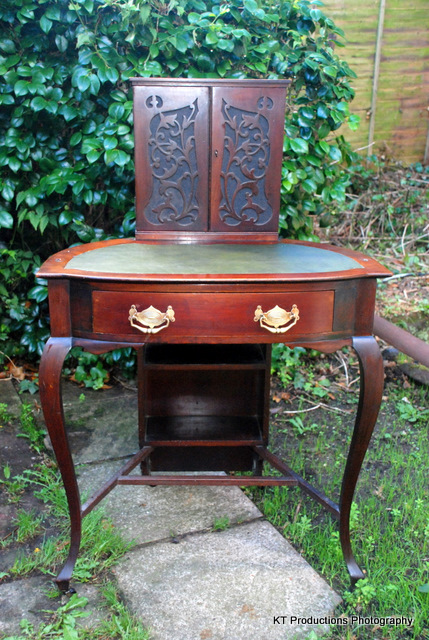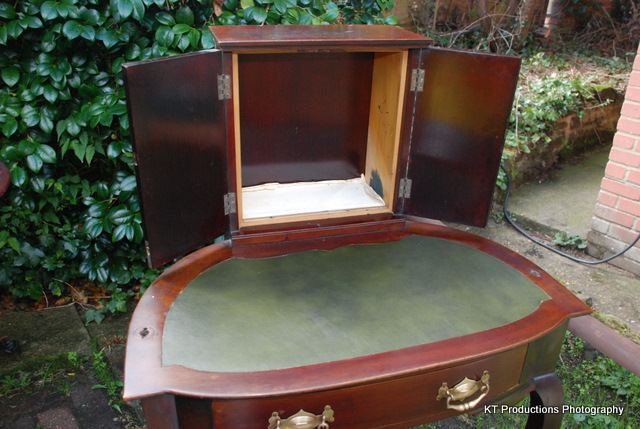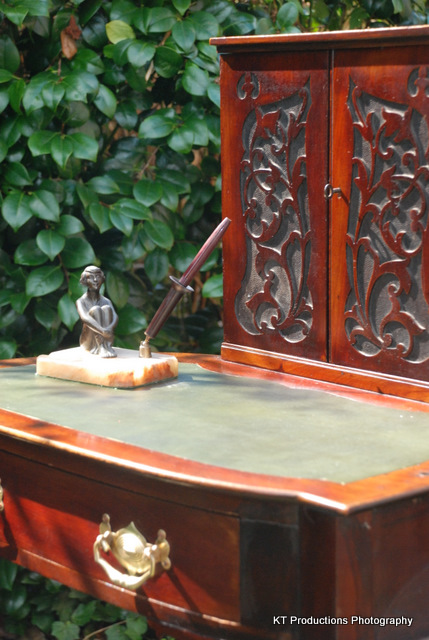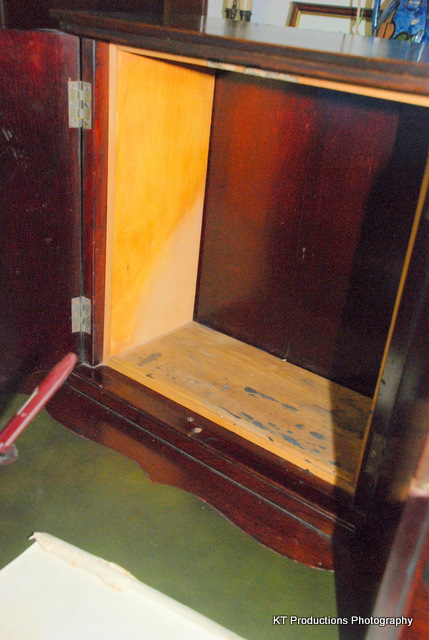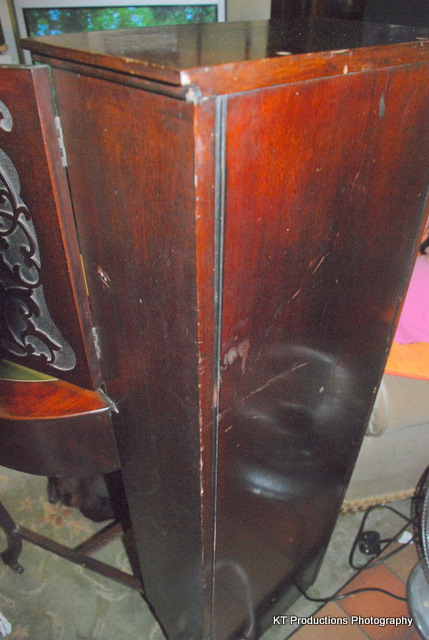jimi43
Established Member
Hi Guys and Gals...
I have recently acquired a rather dainty little writing desk probably meant for a lady and wonder if any of the furniture restorers here could help me identify the period...
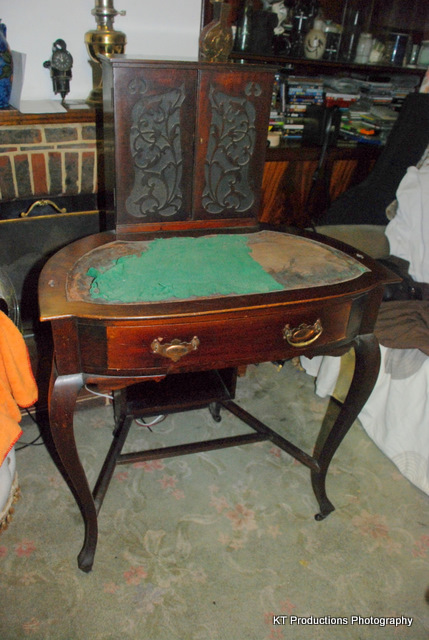
It is solid mahogany! The doors are really thick and as you can see from this picture....beautifully carved and worked...
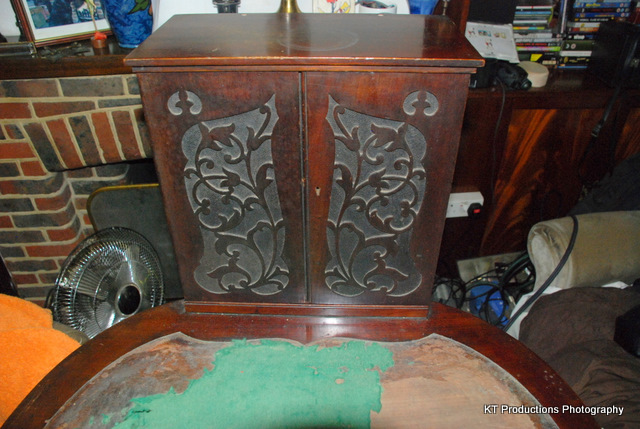
...inside of it is almost pristine....
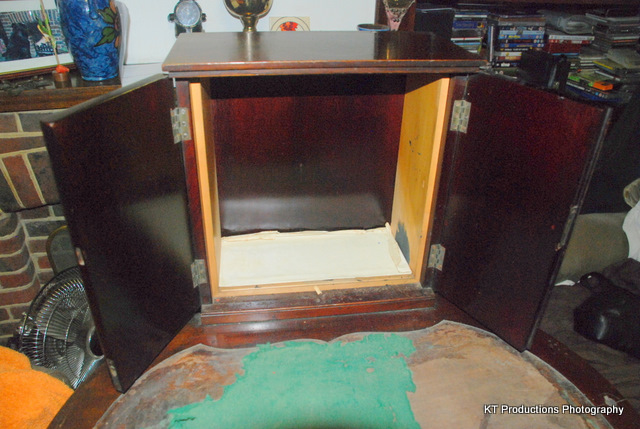
One handle is broken but they are both originals and the drawer is also solid mahogany....
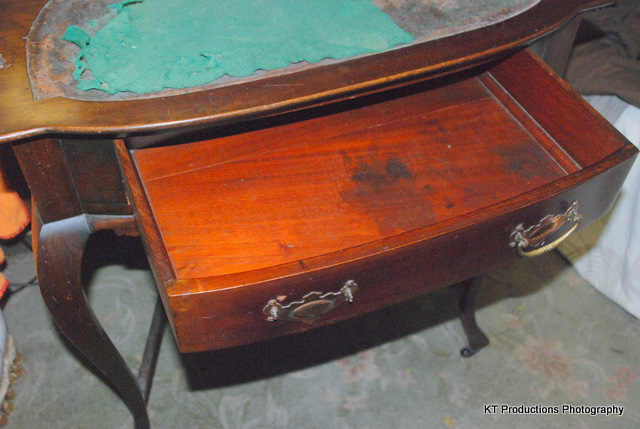
...with handmade dovetails....
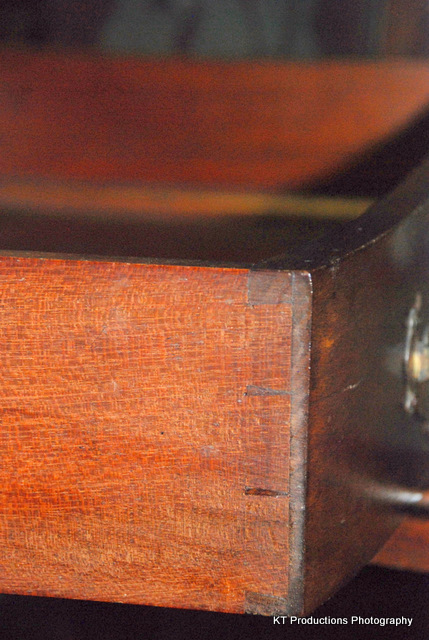
....and stunning original castors...
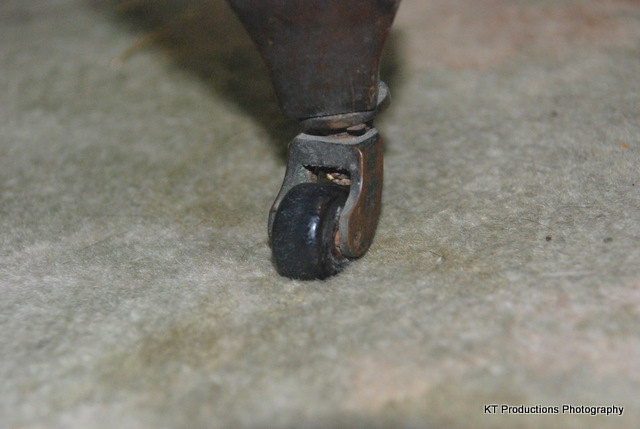
I think it is a corner piece as it narrows at the back....
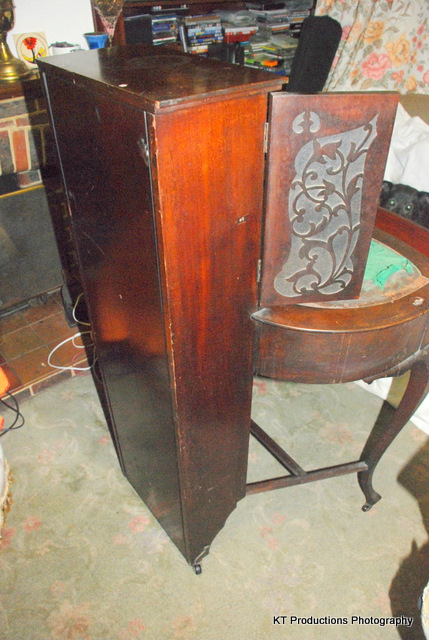
It just needs a clean up...some new baize or perhaps tooled leather and a bit of research to see what's missing...
Any help at all in identifying the period of this piece would be most appreciated...indeed any info of any sort!
Cheers!
Jim
I have recently acquired a rather dainty little writing desk probably meant for a lady and wonder if any of the furniture restorers here could help me identify the period...

It is solid mahogany! The doors are really thick and as you can see from this picture....beautifully carved and worked...

...inside of it is almost pristine....

One handle is broken but they are both originals and the drawer is also solid mahogany....

...with handmade dovetails....

....and stunning original castors...

I think it is a corner piece as it narrows at the back....

It just needs a clean up...some new baize or perhaps tooled leather and a bit of research to see what's missing...
Any help at all in identifying the period of this piece would be most appreciated...indeed any info of any sort!
Cheers!
Jim

































